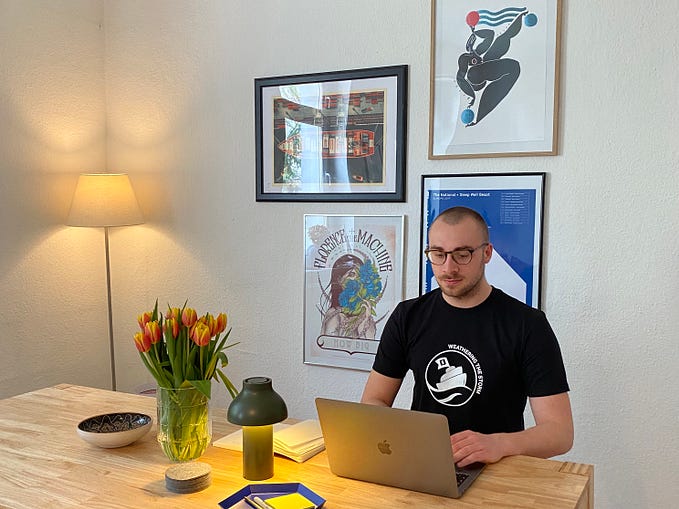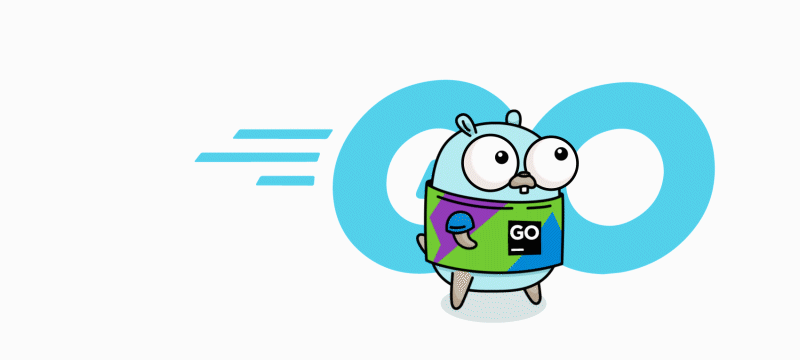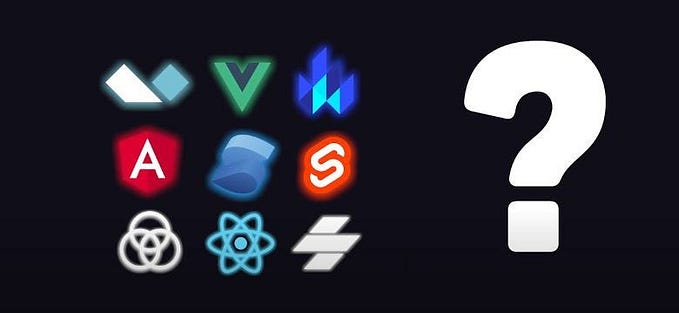6 books all UX Designers must read in 2023

I have read more than 20 books about design, business, and leadership. Below is a collection of six books that I think every UX Designer, Product Designer, or anyone interested in design, in general, should read in 2023.
1. The Design of Everyday Things: Revised and Expanded Edition by Don Norman — Buy now
Don Norman is a key figure in the history of UX design and was the co-founder of the famous Nielsen Norman Group.
In this insightful analysis of the world around us, cognitive scientist Don Norman breaks down how good design provides a competitive edge in influencing consumer behavior. Don Norman is a key figure in the history of UX design and is the second “N” in the famous user experience consulting firm, Nielsen Norman Group.
This is a must-read for anyone interested in design in general, not just user experience design. Norman’s entertaining storying telling highlights the physiology of design, why products were made, and what makes them ‘good design’. It also tears products apart to help you understand the reasons why they don’t work.
2. The Making of a Manager: What to Do When Everyone Looks to You by Julie Zhuo — Buy now
Julie Zhou was the former vice president of product design at Facebook, the Co-Founder at Inspirit and also runs a massively famous blog on Medium with more than 200k followers — talking about everything design.
This book is for anyone working in UX, UI, or Product Design. She offers great insights into her struggles and learnings as she rose through the ranks in the early days of Facebook, from an intern to the VP of Product Design. She gives handy tips on how to run and grow Design teams while giving real-life examples from her time at Facebook.
As an individual who wants to one day become a Design leader, I found this book to be very insightful and offer a perspective that is hard to find in mainstream leadership books. While it might be perfect for any senior designers to eager junior designers looking to grow their skills and become leaders, ‘The Making of a Manager’ also offers valuable real-world examples for those that enjoy the craft of product design and don’t want to move into leadership. As Julie grew from a humble junior designer up through the ranks at Facebook she found moving into management a struggle and shares her own thoughts on what management means to her.
My biggest takeaway from this book is that not everyone needs or wants to be a leader and that is completely okay. You can have a great career being an individual contributor. Find what makes you happy at work and the rest will fail into place.
3. Laws of UX: Using Psychology to Design Better Products & Services by Jon Yablonski — Buy now
Before you start your UX journey you must first understand psychology. This book consists of 12 chapters that offer a practical guide, explaining how you can apply key UX principles in psychology to build products and experiences that are more intuitive and human-centered.
Each chapter begins with an overview of the history of the law or theory, then proceeds to explain the design practices with relevant examples of digital interfaces such as Google, Twitter, and Gmail.
This is probably one of my favourite books I have read over the last year or so. It was great to refresh my understanding of critical design theory while also becoming more familiar with some of the key laws we (as UX Designers) use every day without even thinking about it. It is also a perfect book for anyone working in tech that wants to learn more about UX theory or anyone that wants to be a UX Designer in the future.
4. Sprint: How to solve big problems and test new ideas in just five days by Jake Knapp, John Zeratsky and Braden Kowitz — Buy now
Want to turn an idea into some tangible in a matter of a couple of days? This is the book for you.
Knapp breaks down his process of running a design sprint into a step-by-step guide for how he has ideated, prototyped, tested and launched products. In this guide, he provides real-life examples of design sprints he has run from his time at Google Ventures working with companies such as Slack, Blue Bottle Coffee, Savioke (autonomous delivery robots), and Flatiron Health (a healthcare technology company). This is also a great source for any facilitator’s out there that work in agile product development and want to horn their skills.
User experience design is much more than creating pretty websites or apps. The research methods we use as UX Designers, focus on customer empathy and ideation, and our outcomes-based approach to solving real-world problems delivers value to the organisation we are working for.
Sprint delivers a great book that removes all the UX jargon and clearly articulates the reasons why user experience design is at the centre of solving problems for businesses.
5. Hooked: How to Build Habit-Forming Products by Nir Eyal and Ryan Hoover — Buy now
This was recommended by my brother who works in a tech startup and it does not disappoint. It has a hint of marketing and product management to it rather than a full-on design book, however, the principles and strategies you read are perfect for any UX or Product Designer who wants to build digital products.
Although the title could lead itself to a negative connotation and move into the world of ‘dark ux’. The book actually does a really good job at clearly explaining its four main principles, then offering activities for the reader to perform to help you apply those concepts in real life. The four principles are Triggers, Actions, Value Reward, and Investment. Eyal does mention that these principles if used wrongly could be used to create experiences that have negative impacts on our customers. The aim is not to trick people into using your product the aim is to provide the best possible experience and product that makes the user want to keep coming back for more. These habit-forming products should become part of the activities in which people engage with when their mind has switched to autopilot.
6. The 80/20 Principle: The Secret to Success by Achieving More with Less by Richard Koch — Buy now
Okay, I know this doesn’t sound like a design book however this is probably one of my favourite books of all time, which I have reread on multiple occasions over the last few years. If you like business books and are interested in reading about how to improve your productivity at work this is worth a read.
Richard Koch started his career as a consultant at Boston Consulting Group and later moved to Bain and Company as a partner before leaving to start his own management consulting firm L.E.K. Consulting. His endeavours didn’t end there, using the concepts from this book he made a fortune from several private equity investments such as Betfair, Filofax, and Plymouth Gin.
In this book, Richard explains the history of the Pareto Principle or better known as the 80/20 Principle. If you have never heard of the 80/20 Principle, this is one of society's greatest secrets of highly effective individuals and organisations. Did you know that 20 percent of customers account for 80 percent of revenues? Or 20 percent of our time account for 80 percent of the work we accomplish? The book highlights how we as individuals can achieve much more with much less effort, time, or resources by identifying and focusing our efforts on the 20 percent that really counts.
Richard offers a practical way of increasing our effectiveness and improving our careers or day to day lives. After reading this book I did an audit of my time at work and began to notice the tasks that provide me with the most output and effectiveness to complete my role. He does explain that we cannot fully focus on the 20% the whole time (as to increase our output by 5x), however, if we double our output on the most effective things we can could hope to increase revenue in our businesses by up to 60–80%. That is massive!!
It also can apply to your day to day life outside of work. Think of all the little tasks that take up all your time and if you could somehow remove those distractions from your life you could have more time to focus on the activities that really matter to you. Whether that be exercising, reading a book, taking your kids to the park, or even starting your own side business. You could achieve it!
📖 Want to buy any of these books? Use these links below:
- The Design of Everyday Things: Revised and Expanded Edition
- The Making of a Manager: What to Do When Everyone Looks to You
- Laws of UX: Using Psychology to Design Better Products & Services
- Sprint: the bestselling guide to solving business problems and testing new ideas the Silicon Valley way
- Hooked: How to Build Habit-Forming Products
- The 80/20 Principle, Expanded and Updated: The Secret to Achieving More with Less
💡 Did you want to see more in-depth book reviews? Let me know in the comments.
👏 If you found this article helpful, please, let me know by clapping! Or even better leave a comment. I will respond to every single comment on my articles!
✔️ Please follow me to stay up to day on everything UX.









